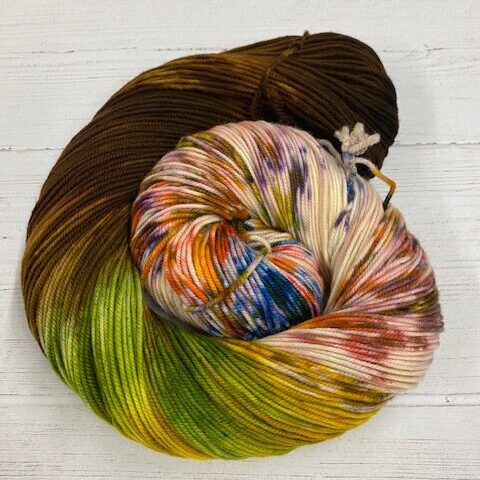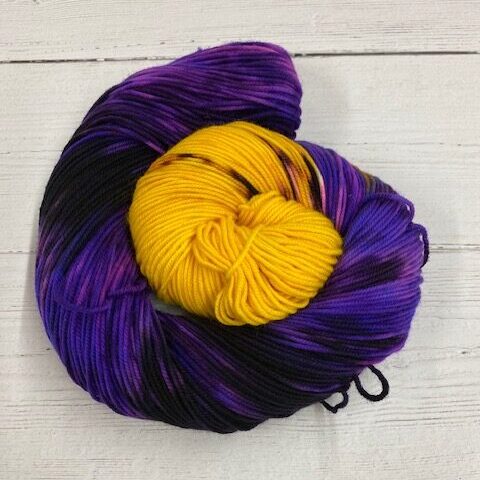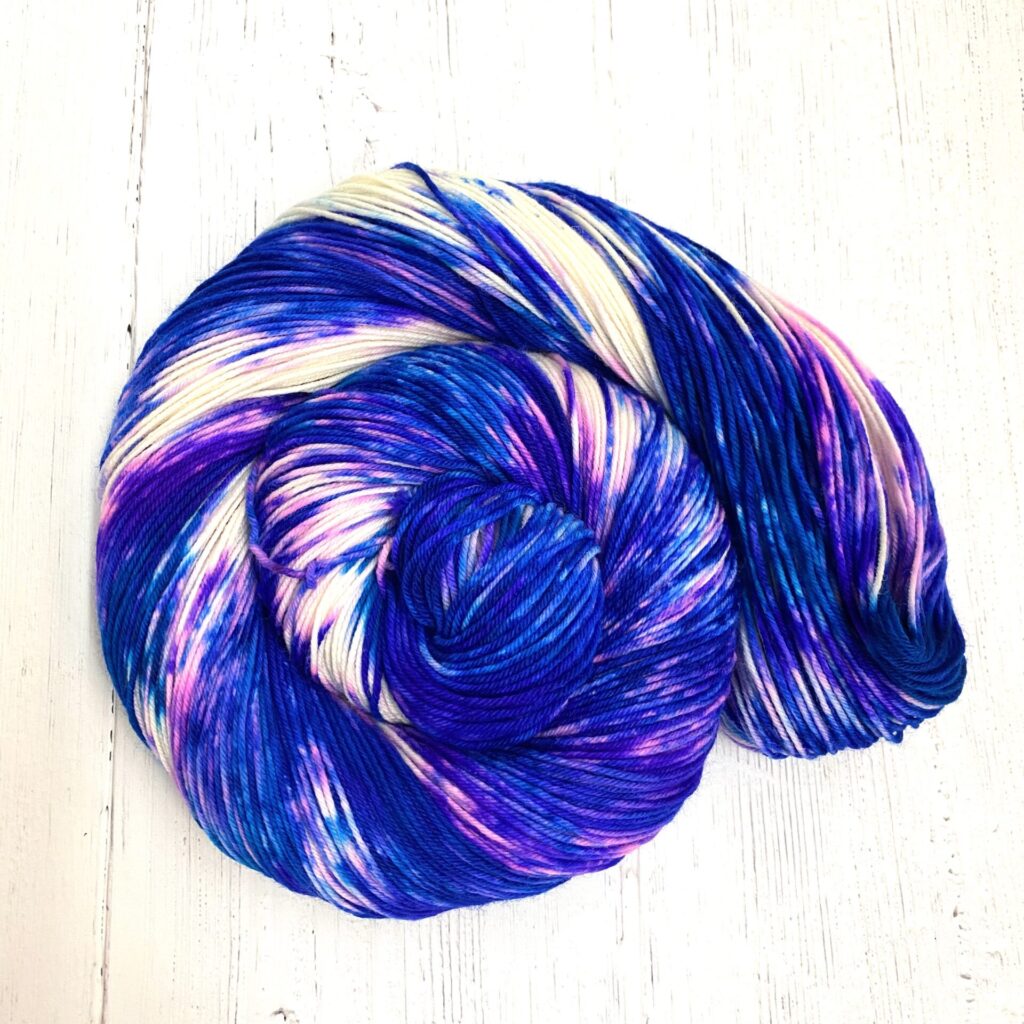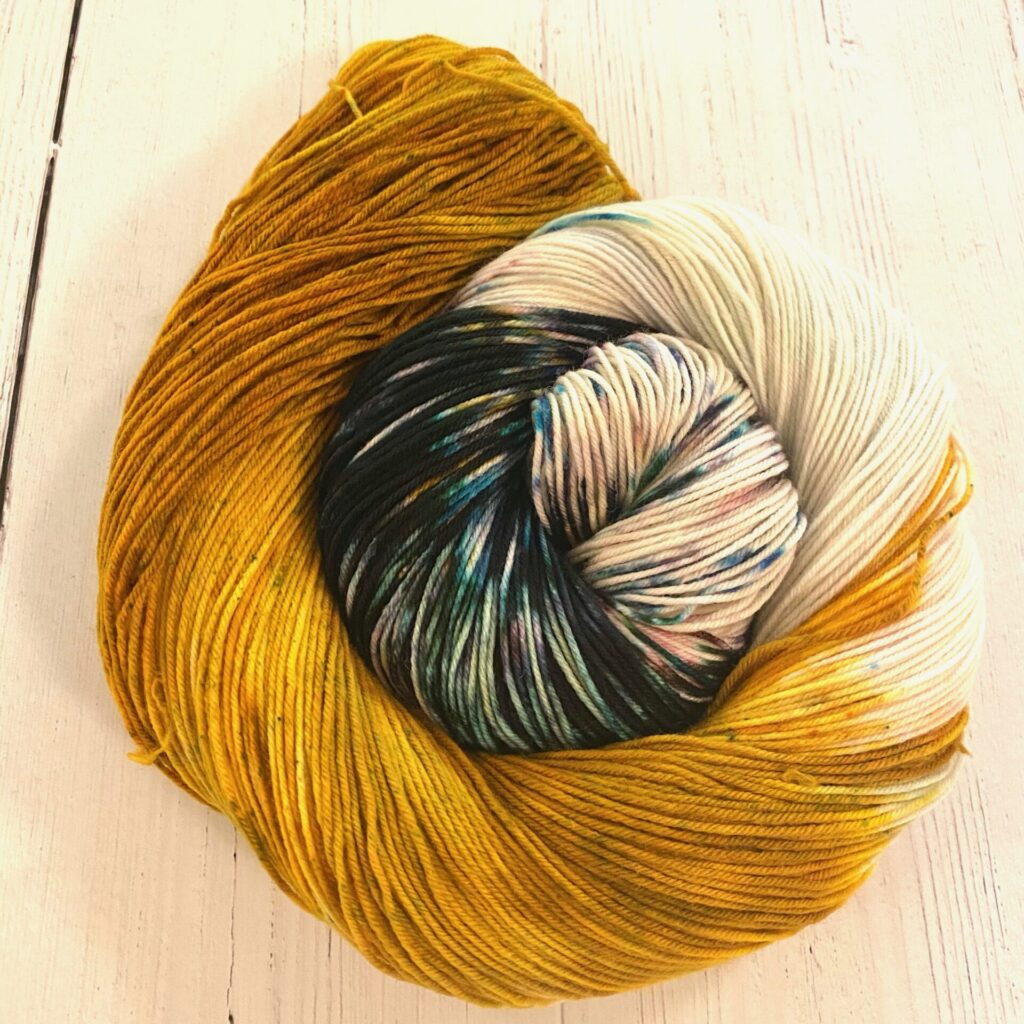Albert Cashier (1843-1915) needed $10 to make the trek from Ireland to America, but even that was out of his reach, so he stowed away on a ship and sneaked his way into the country. Once he arrived, he enlisted in the armed services and fought gallantly for the Union during the Civil War. He then lived a quiet life in Illinois, and folks who discovered his “secret” worked hard to protect him and keep it. It wasn’t until he was an old man that he was outed as Trans and nearly sued by the government for “defrauding the government in order to receive a pension.” His fellow soldiers rallied around him and made sure his truth was protected. Researching Cashier’s life and the way he was treated once it was known that he was Trans made my blood pressure rise a bit. A bio on him on the National Park Service website continually dead-named him, and referred to him as “she,” and someone added a headstone to his grave with his dead-name on it. At the end of his life, as his health and mind deteriorated, he was sent to a mental institution and forced to wear women’s clothes. Let’s honor Albert and his legacy with this colorway and bio, because it seems that, at the end of his life, he was not honored as he should have been. Ten Dollars, our colorway honoring Albert Cashier, used to be called Whomp Shack.
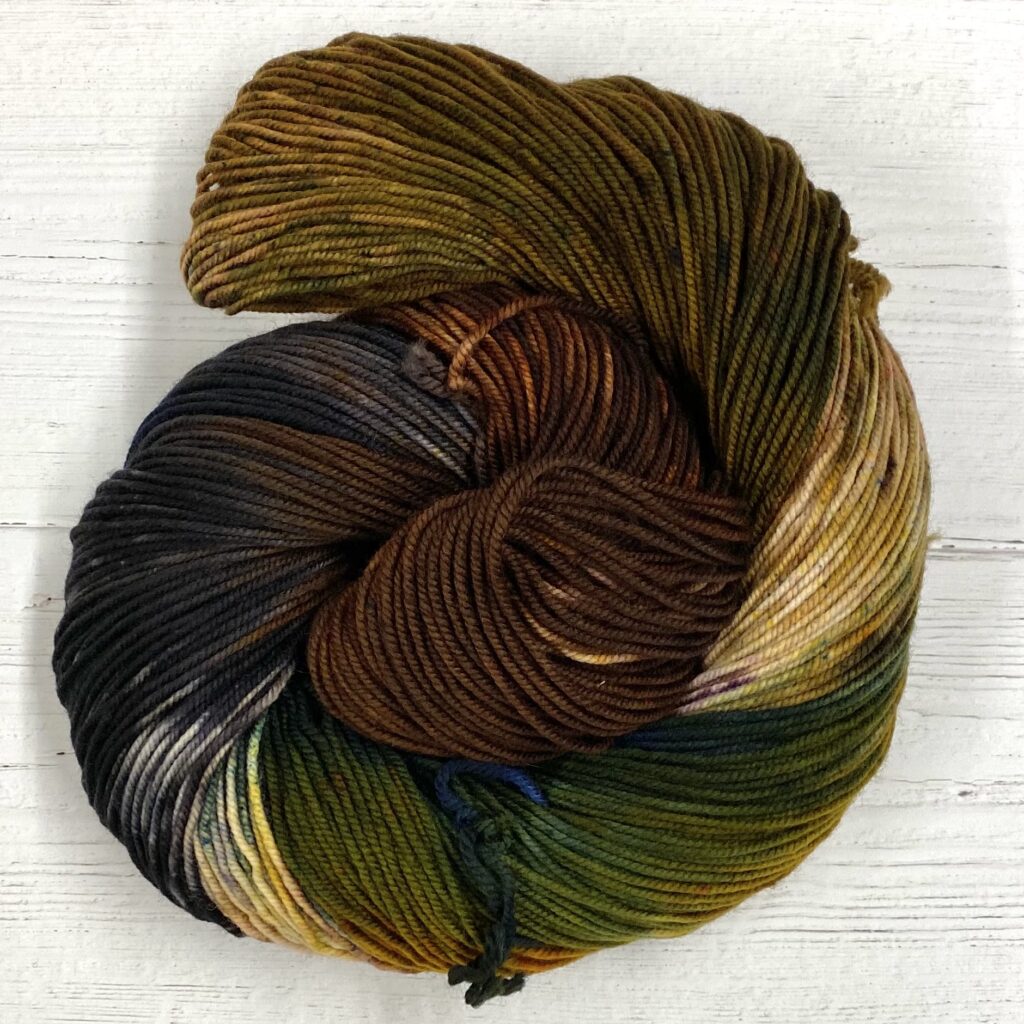
You can find all of our in-stock True Colors yarn on our website.
